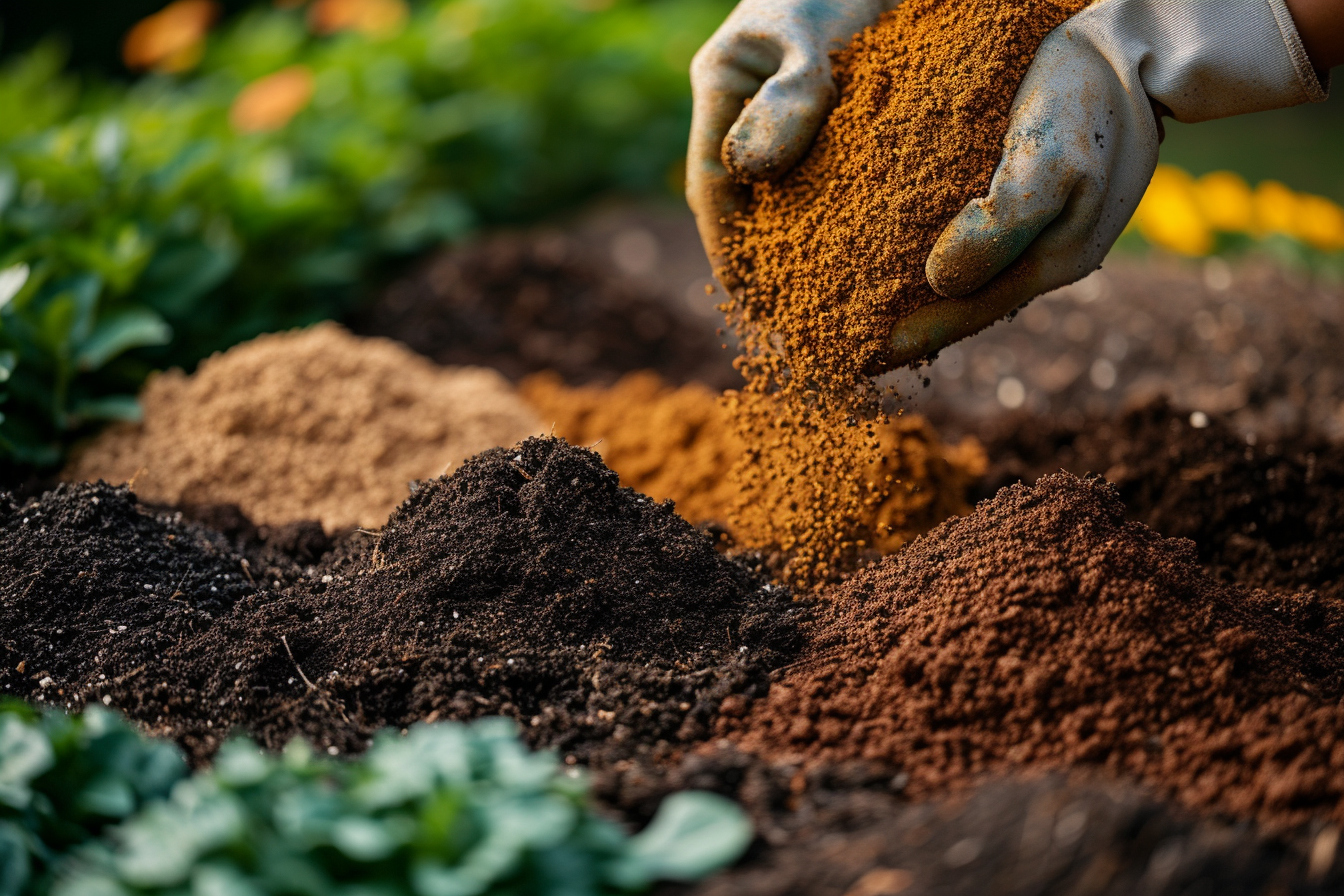Elevating your gardening game to include a square foot garden is a method that maximizes space and effort while minimizing maintenance and waste. Born from the innovation of backyard gardeners and fine-tuned by experts, the square foot gardening system allows you to produce a hearty bounty of fresh vegetables from a small, manageable space. Key to this approach is meticulous planning and organization, making it ideal for both green-thumbed enthusiasts and beginners looking to grow their own nutritious, garden-fresh produce.
H2: understanding the square foot gardening concept
Square foot gardening simplifies the traditional horticultural practice by dividing the growing area into small, square segments. Each square foot is used for planting a specific number of a particular kind of plant, making the most of the area and reducing competition among plants. This technique promotes higher yields and diversity in a compact space, enabling you to harvest a wide range of vegetables throughout the season.
H2: benefits of square foot gardening
Embarking on a square foot garden project delivers multiple advantages:
- Efficient use of space: Particularly suitable for urban dwellers or those with limited garden space.
- Less weeding and maintenance: The density of planting leaves little room for weeds to thrive.
- Accessibility: Raised beds mean less bending and easier access, beneficial for those with mobility issues.
- Control over soil quality: Separate boxes allow for the customization of soil mix for different plant needs.
- Water conservation: Targeted watering reduces waste and runoff.
H3: selecting the right location
Find a spot that gets at least 6 to 8 hours of sunlight daily. Proximity to a water source and protection from strong winds also factor into the location choice. Optimal positioning lays a firm foundation for garden success.
H3: decide on size and layout
Typical square foot gardens measure 4×4 feet, but the size can be tailored to fit available space. Ensure the garden is no wider than 4 feet to maintain easy access to the center from all sides without stepping into the bed, which can compact the soil.
H2: materials you will need
Prepare to gather the following:
- Lumber or alternative materials for creating raised beds
- Galvanized nails or screws for sturdy construction
- Weed barrier landscape fabric or cardboard
- High-quality soil mix (often a blend of peat moss, vermiculite, and compost)
- Grid material, such as wooden laths or strings, to delineate squares
- Seeds or seedlings of chosen vegetables
H3: constructing your raised bed frame
Begin by building or purchasing a frame for your garden bed. Untreated cedar wood is a durable and commonly used option. Assemble the frame using nails or screws, ensuring the structure is secure and level when placed on the ground.
H3: preparing the area and laying the foundation
After placing your raised bed in the selected location, lay down your weed barrier fabric or cardboard at the bottom of the frame to prevent weeds from growing up into the garden bed.
H3: mixing and adding soil

The soil is the lifeblood of your garden. A mix of one-third peat moss, one-third vermiculite, and one-third compost works well in providing nutrients and retaining moisture. Thoroughly combine these components and fill the raised bed to just below the top edge.
H2: creating the grid system
Construct the grid for your garden using string, wooden laths, or even strips of vinyl to mark off each square foot within the frame. A visible grid makes planning where each vegetable will go easier and helps keep the garden organized.
H3: planning your vegetable layout
Planning is paramount in square foot gardening. For optimal growth, consider plant spacing, companion planting for natural pest control, and crop rotation to prevent soil depletion. Schedule your planting to replenish the garden and enjoy continual harvests.
H3: planting tips for different vegetables
Small vegetables like radishes can occupy sixteen to a square, while larger ones such as broccoli may need the entire square to themselves. Research on each vegetable’s space requirements will guide your planting.
H2: maintaining your square foot garden
Maintenance hinges on regular watering, monitoring for pests, and harvesting ripe vegetables to promote further growth. Aim to water in the morning to reduce evaporation and lessen the risk of fungal diseases.
H3: watering techniques
Employ watering methods that deliver moisture directly to the roots, such as drip irrigation or a watering wand. Overhead sprinkling can be wasteful and encourage disease.
H3: managing pests and problems
Closely inspect plants for signs of illness or infestation. Strategies like companion planting, using organic deterrents, or introducing beneficial insects can be effective.
H2: harvesting your bounty
Harvest vegetables as they become ripe to stimulate further production. Enjoying the results of your labor is a rewarding aspect of square foot gardening.
Building a square foot garden unravels a journey of self-sufficiency, teaching life skills, and nurturing a connection with the earth. By meticulously selecting the ideal spot, carefully considering the layout, and thoughtfully planning your crops, you will create a flourishing garden that serves as both a source of fresh produce and a realm of tranquility and learning. Embarking on this garden venture, you’ll savor the literal fruits of your labor and relish the simplicity and efficiency square foot gardening offers. The steps detailed above pave the path for you to transform any small plot into a productive and bountiful green space. By adhering to these guidelines and providing tender, loving care, expect your square foot garden to evolve into a lush, verdant paradise that beckons you to reap its wholesome goodness season after season.


Leave a Reply